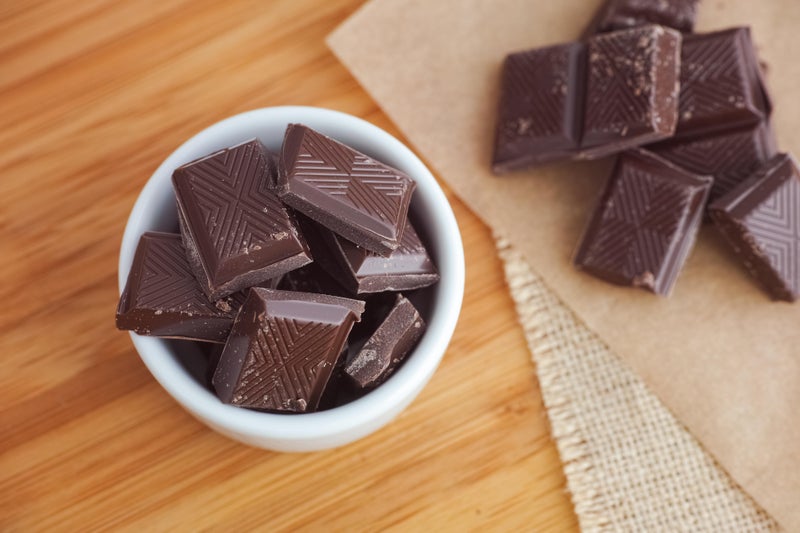Across West Africa, responsible for 70 per cent of global cacao production, and in other cocoa-growing areas like the Americas and Southeast Asia, shifting moisture levels are disrupting the delicate balance required for successful cacao cultivation.
For example, in cocoa-producing regions like northeastern Brazil, deforestation to make room for agriculture disrupts local water cycles and exposes soils to degradation.
These changes create a vicious cycle: Degraded soils also hold less water and lead to more runoff, reducing the land’s ability to recover.
When soils become compacted and lose organic matter, the land’s ability to retain water diminishes, making it even more susceptible to drying out.
In these areas, reduced precipitation – combined with increased evaporation – creates a feedback loop: Drier soils absorb less heat, leaving the atmosphere warmer and intensifying arid conditions.






















